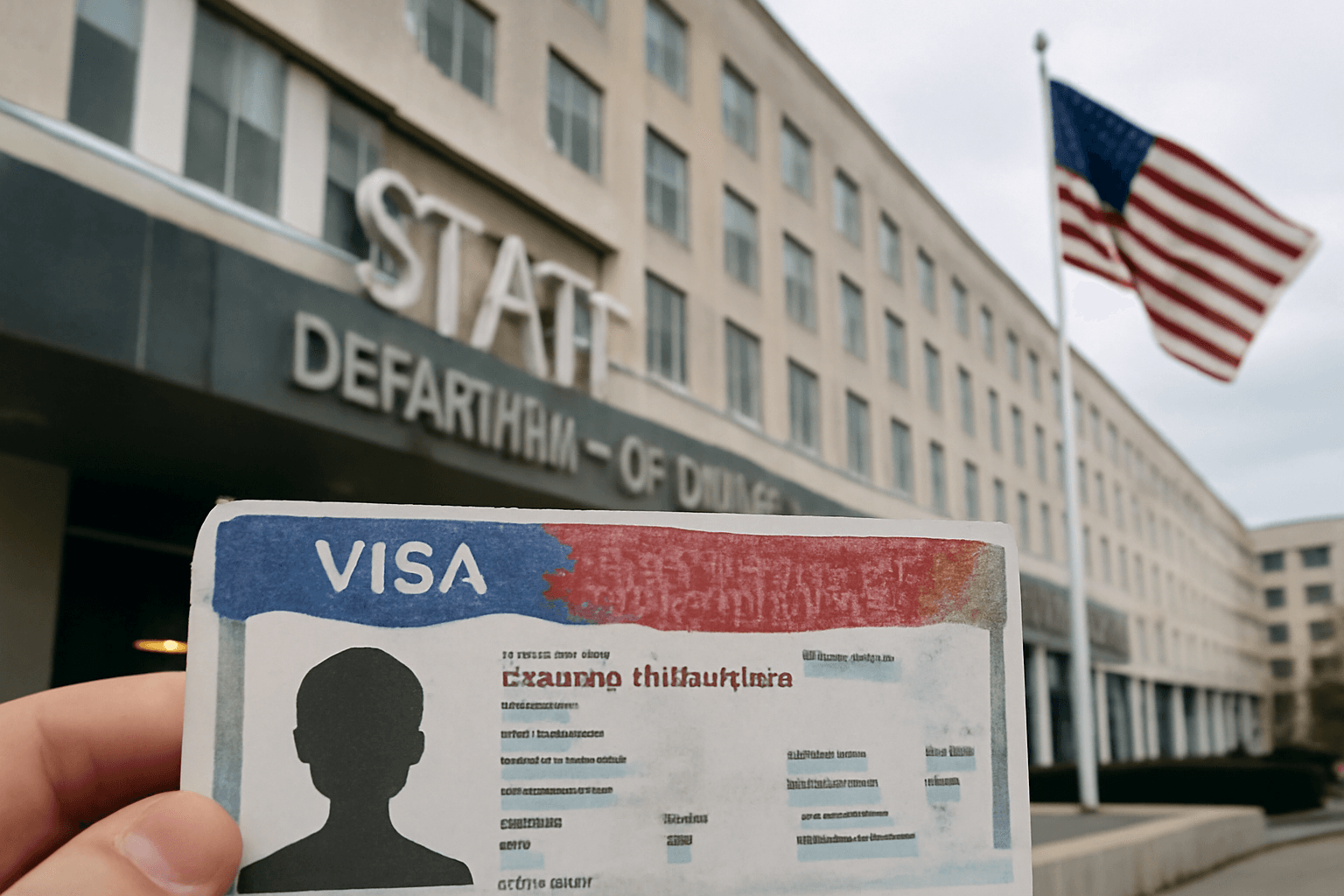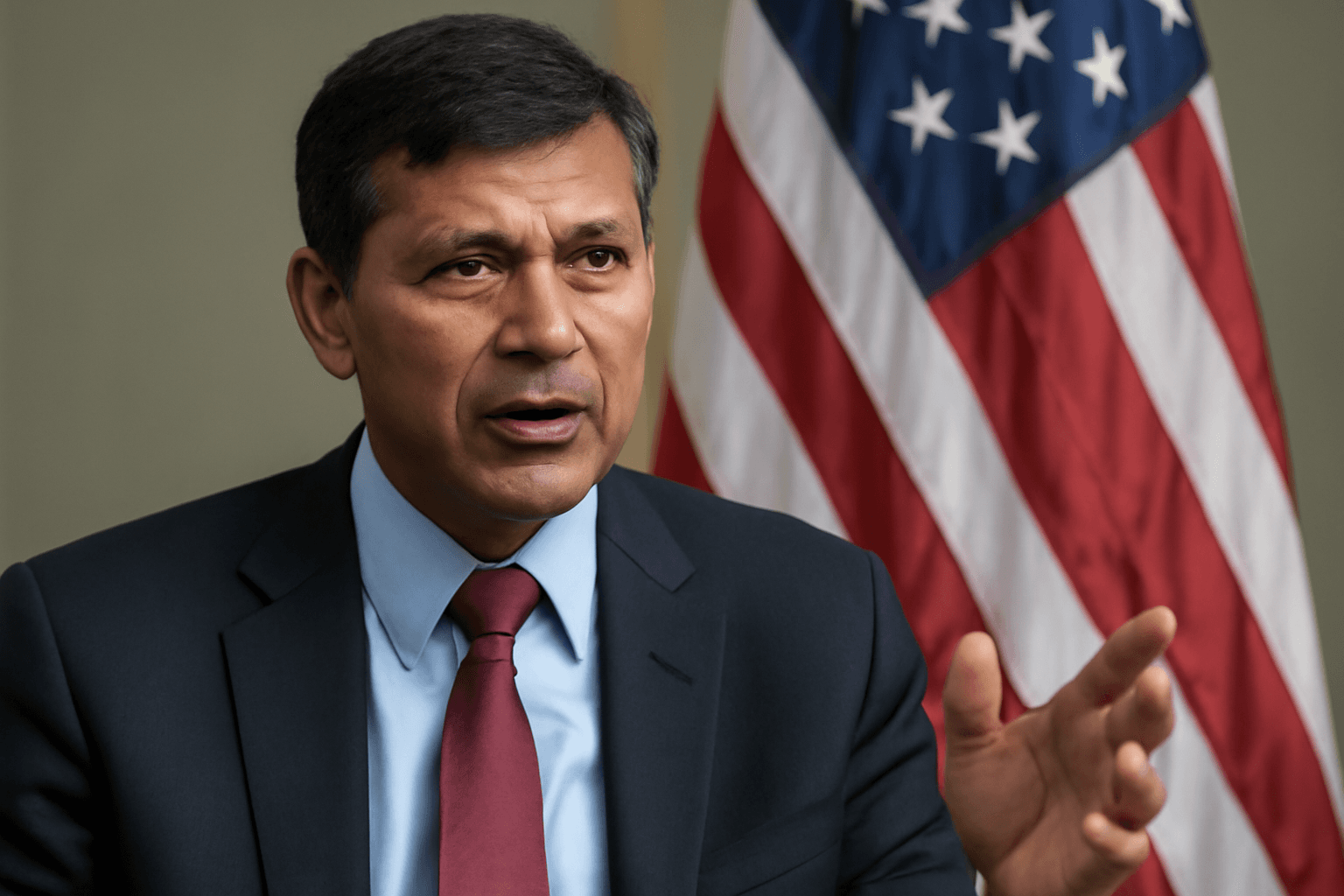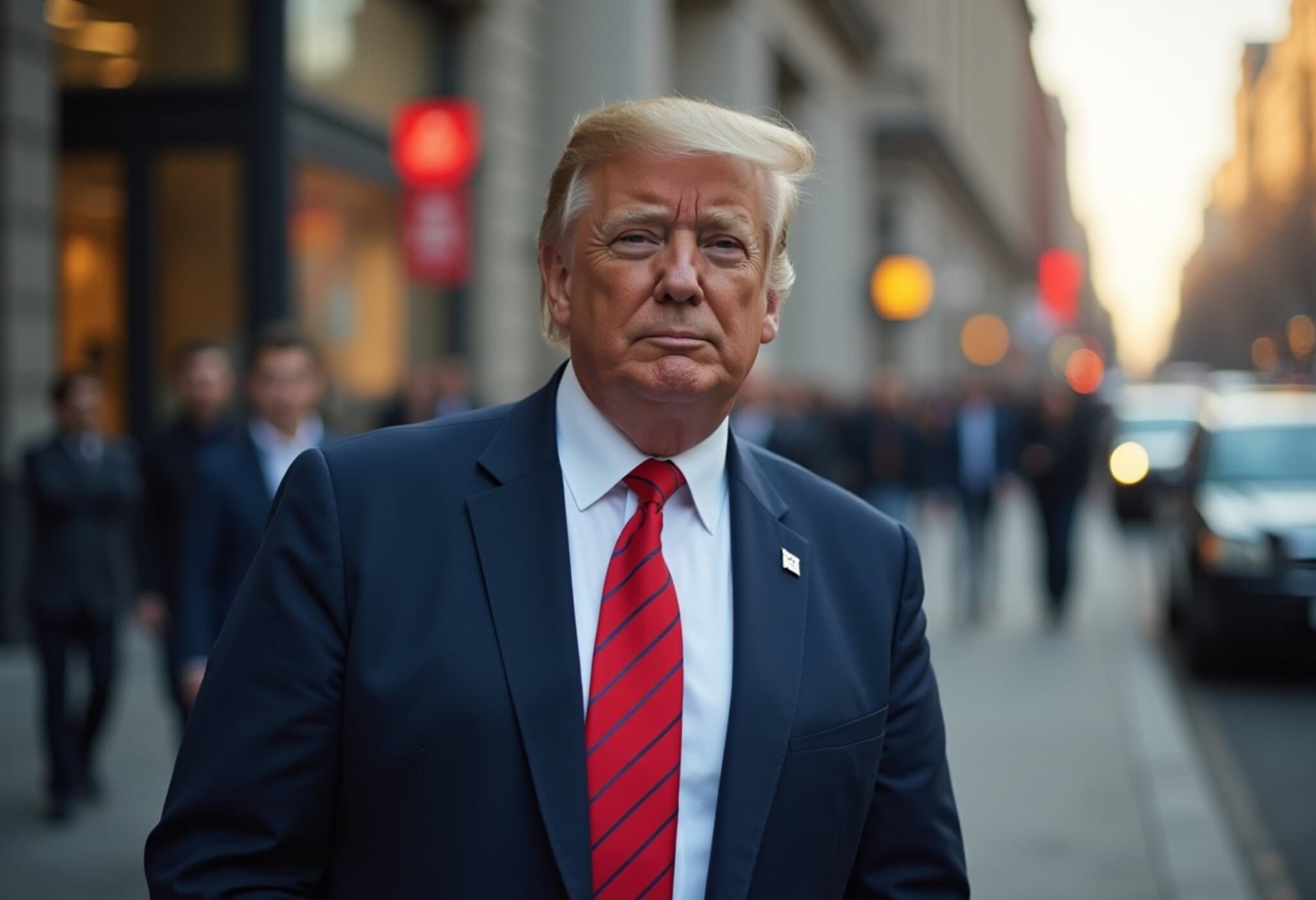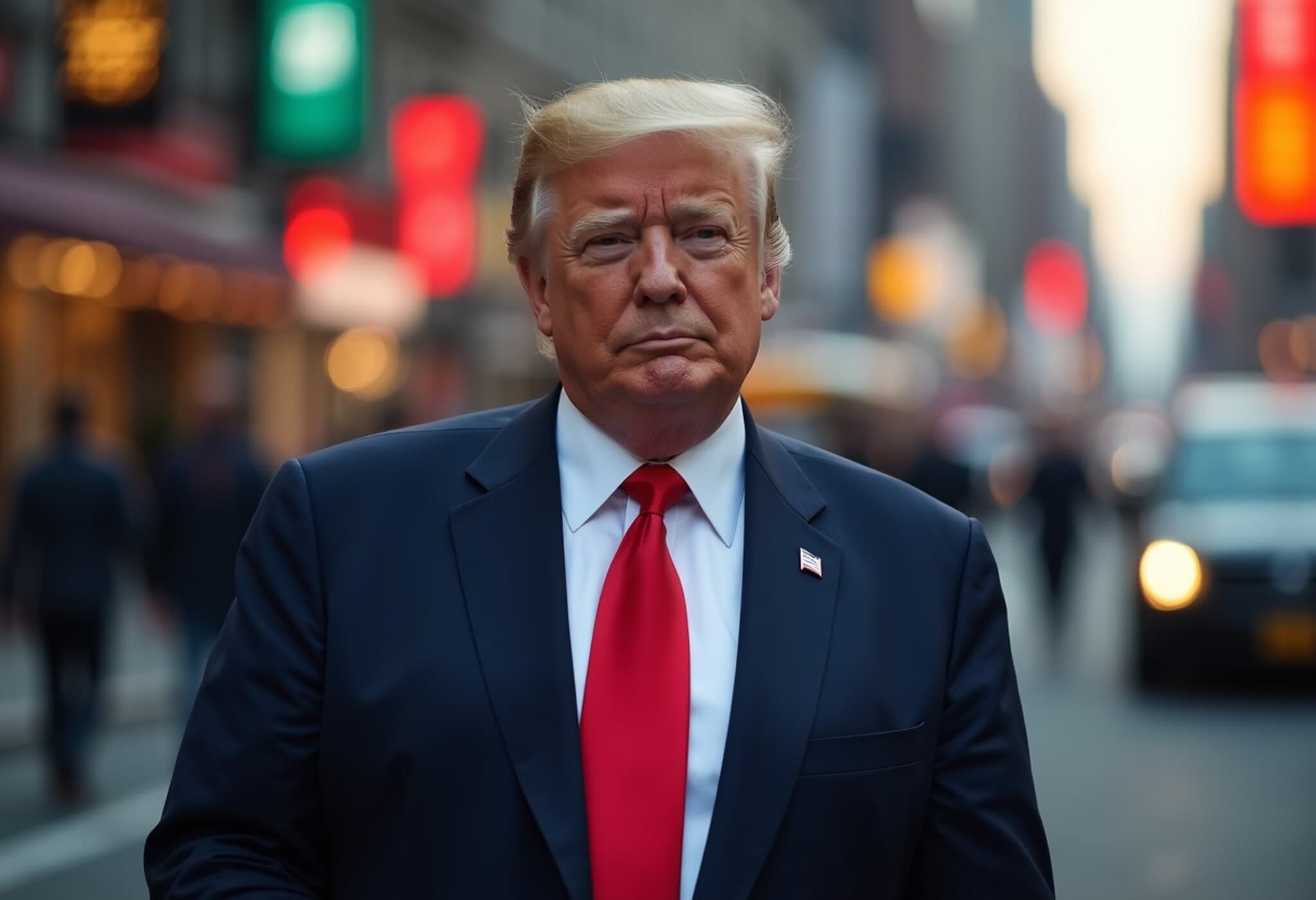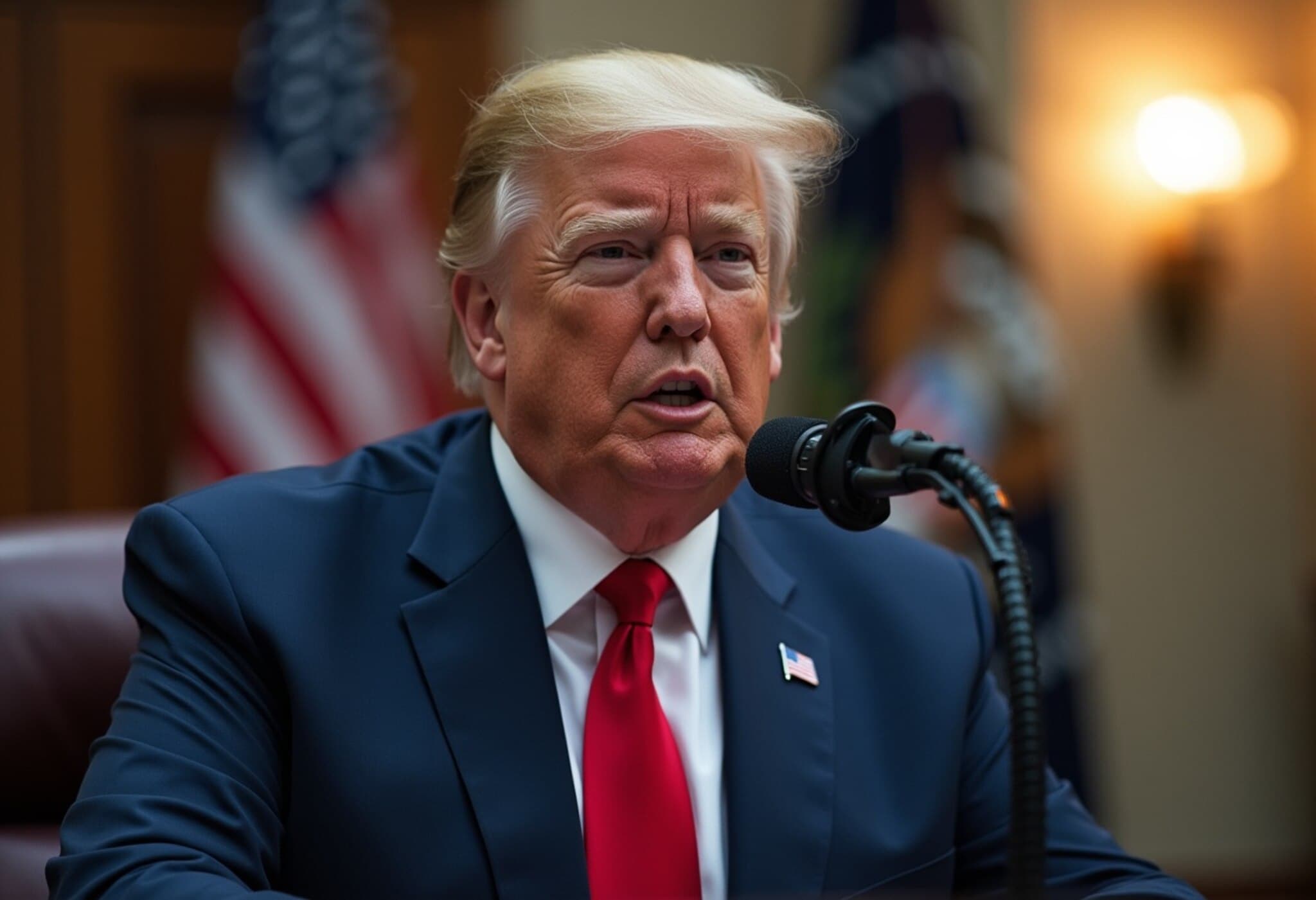Indians Dominate H-1B Visa Allocations, Empowering U.S. Tech Firms
Over the last decade, Indian nationals have emerged as the primary beneficiaries of the United States' H-1B visa program, securing approximately 70% of approved petitions each year since 2015. This trend highlights a complex economic relationship: while Indian IT professionals gain valuable work opportunities, American companies stand to benefit substantially from their specialized skills.
H-1B: A Lifeline for Indian IT Workers and U.S. Corporations
The H-1B visa program, designed to allow U.S. companies to temporarily employ skilled foreign workers in specialty occupations, has long been a cornerstone for the U.S. technology sector. Indian officials, speaking anonymously to The Indian Express, emphasize that despite criticisms surrounding the program, American firms ultimately reap the rewards of this skilled labor inflow.
"There’s no denying that restrictions on the H-1B visa could hamper Indian workers’ access to the U.S. job market," a senior official explained. "This would likely result in Indian IT firms receiving fewer U.S.-based contracts, potentially shrinking their revenue. But on the other side, American companies have greatly benefited from hiring these foreign professionals. Replacing their talent pools with American workers isn’t a straightforward task, regardless of political posturing."
Rising Criticism Amid Calls for Reform
The H-1B visa program has come under increasing scrutiny within the U.S., especially under the Trump administration, which called for prioritizing American workers in the labor market. U.S. Commerce Secretary Howard Lutnick recently stressed that businesses should focus on hiring domestically.
Since the program employs a lottery-based selection system, these calls coincide with proposed reforms aiming to overhaul the visa distribution to better serve U.S. economic interests.
Statistical Snapshot: Indians Lead the Global H-1B Workforce
- Between October 2022 and September 2023, nearly 400,000 H-1B visas were issued.
- 72% of these visas went to Indian nationals, reaffirming their dominant position in this skilled labor category.
- Chinese nationals followed distantly, receiving around 12-13% of these visas annually since 2018.
- Leading Indian IT giants like Infosys, TCS, HCL, and Wipro secured approvals for about 20,000 employees during this timeframe, empowering their U.S. operations.
Debunking Myths: Wages and Workforce Impact
Critics in the U.S. claim that H-1B visa holders suppress wages by accepting lower pay. However, research by the American Immigration Council challenges this narrative, showing that H-1B workers tend to earn competitive salaries that do not undercut American workers’ wages.
Historically designed in 1990 to fill gaps where American workers are unavailable, the H-1B program remains vital in fueling innovation and maintaining the competitiveness of American businesses in a global market.
Looking Forward: Balancing Policy, Economic Needs, and Workforce Realities
As immigration reforms loom, critical questions arise about the future of the H-1B program and its bilateral impact:
- Can U.S. corporations feasibly replace highly-skilled foreign workers with domestic talent without disrupting productivity?
- How will tighter visa restrictions impact India's IT industry and thousands of workers dreaming of international success?
- Is the U.S. labor market prepared for the potential talent gap resulting from restrictive visa policies?
Ultimately, the intersection of immigration policy, economic strategy, and global talent flows demands nuanced, data-driven decisions rather than blanket political rhetoric.
Editor’s Note
The prevailing prominence of Indian nationals within the H-1B visa program underscores the intricate dependencies of the globalized labor market. While this arrangement has facilitated cross-border economic growth and innovation, it raises pressing policy questions about safeguarding domestic workforce interests without eroding the foundation of American industry competitiveness. As the U.S. contemplates reforms, a balanced approach attentive to both national priorities and international collaboration will be crucial.





